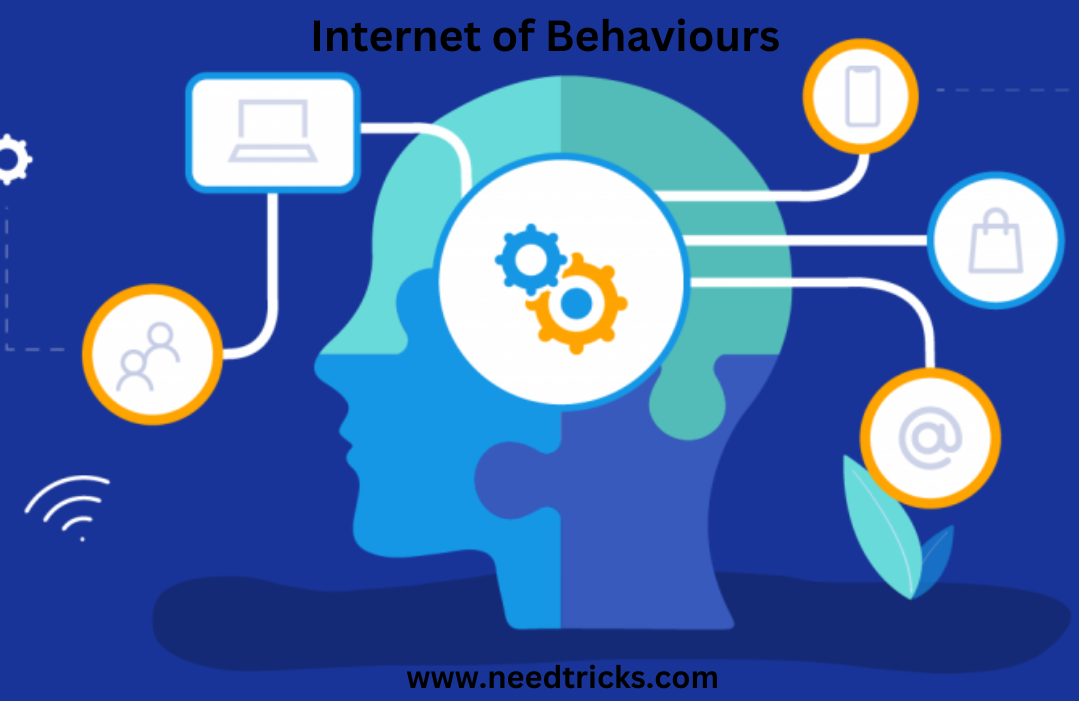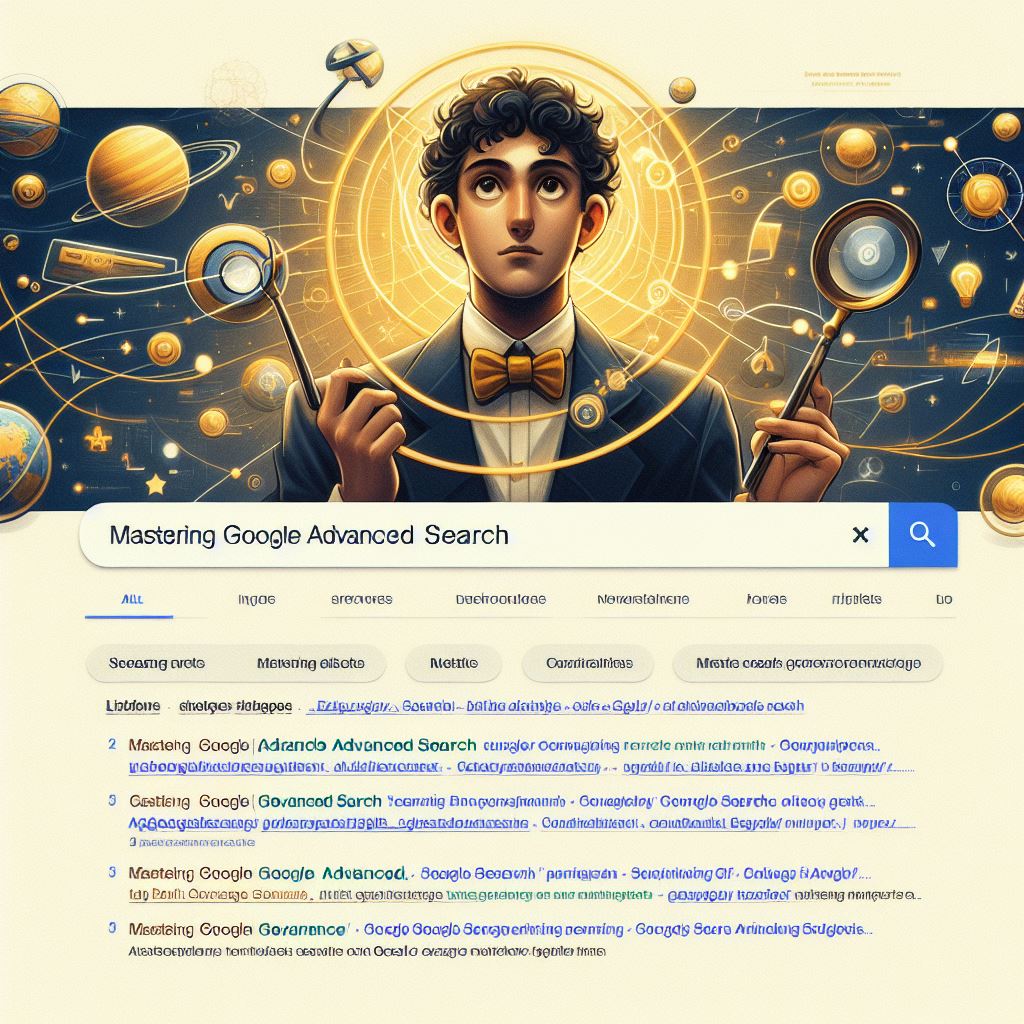The Internet of Things (IoT) has been a buzzword for a while now, and it refers to a network of physical objects that are connected to the internet and can communicate with each other. But there’s a new buzzword in town – the Internet of behaviours.
In this blog we’ll discuss about Internet of Behaviours
What Is the Internet of Behaviours (IoB)?
The Internet of Behaviours is a concept that refers to the use of data and technology to influence and change human behaviour. It involves the collection, analysis, and use of data to understand. And predict human behaviour and to influence it in some way. The IoB combines data from various sources, such as social media, wearables. And other digital devices, to create a comprehensive picture of an individual’s behaviour and preferences.
How Does the IoB Work?
The IoB works by collecting data from various sources. Such as social media, wearables, and other digital devices. This data is then analysed to identify patterns and trends in an individual’s behaviour. The IoB can then use this data to influence and change that individual’s behaviour in some way.
For example, a company might use the IoB to track an employee’s behaviour. And use that data to improve productivity. They might use data from sensors in the workplace. To monitor how much time employees spend at their desks and how often they take breaks. This data could then be used to create a more efficient work environment and improve employee productivity.
Another example of how the IoB can be used is in healthcare. Wearable devices such as Fitbits and Apple Watches can collect. Data on an individual’s physical activity, sleep patterns, and heart rate. This data can then be analysed to identify patterns and trends in the individual’s behaviour. Healthcare providers can use this data to create personalised health plans for patients, and to encourage them to make healthier choices.
The Benefits and Risks of the IoB
The IoB has the potential to revolutionise the way we live and work. By understanding and predicting human behaviour. We can create more efficient and personalised systems that improve our lives. However, there are also risks associated with the IoB. One of the biggest risks is the potential for misuse of data. The IoB involves collecting large amounts of personal data, which could be used for nefarious purposes if it falls into the wrong hands.
Another risk of the IoB is the potential for it to be used to manipulate individuals. If companies and governments have access to data on our behaviour and preferences, they could use this data to influence our decisions and behaviours in ways that are not in our best interests.
Conclusion
The Internet of Behaviours is an exciting new concept that has the potential to revolutionise the way we live and work. By using data to understand and predict human behaviour, we can create more efficient and personalised systems that improve our lives. However, there are also risks associated with the IoB, and it is important that we are aware of these risks and take steps to mitigate them. As we move towards a more connected and data-driven world, the IoB will undoubtedly play an increasingly important role in shaping our future.











